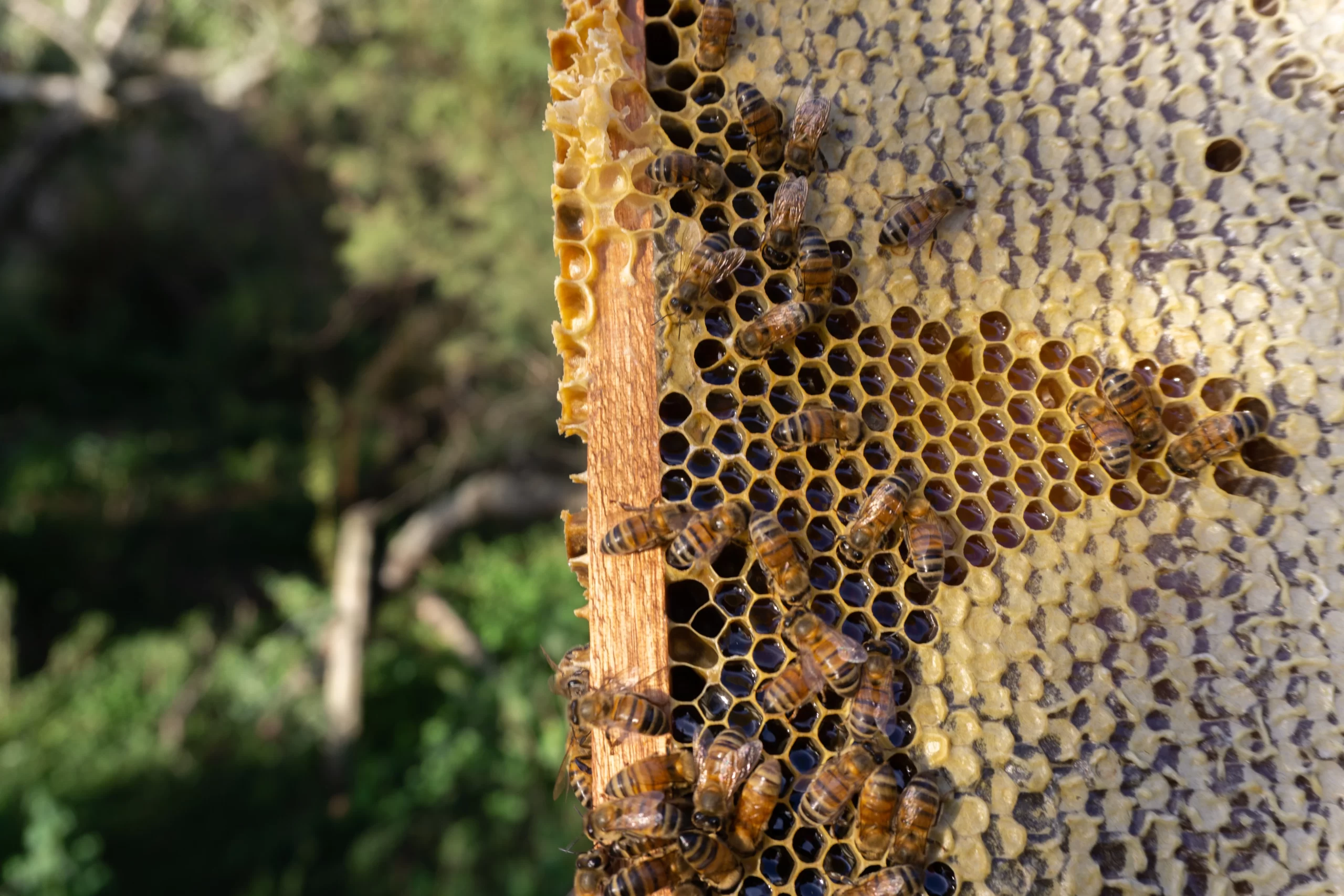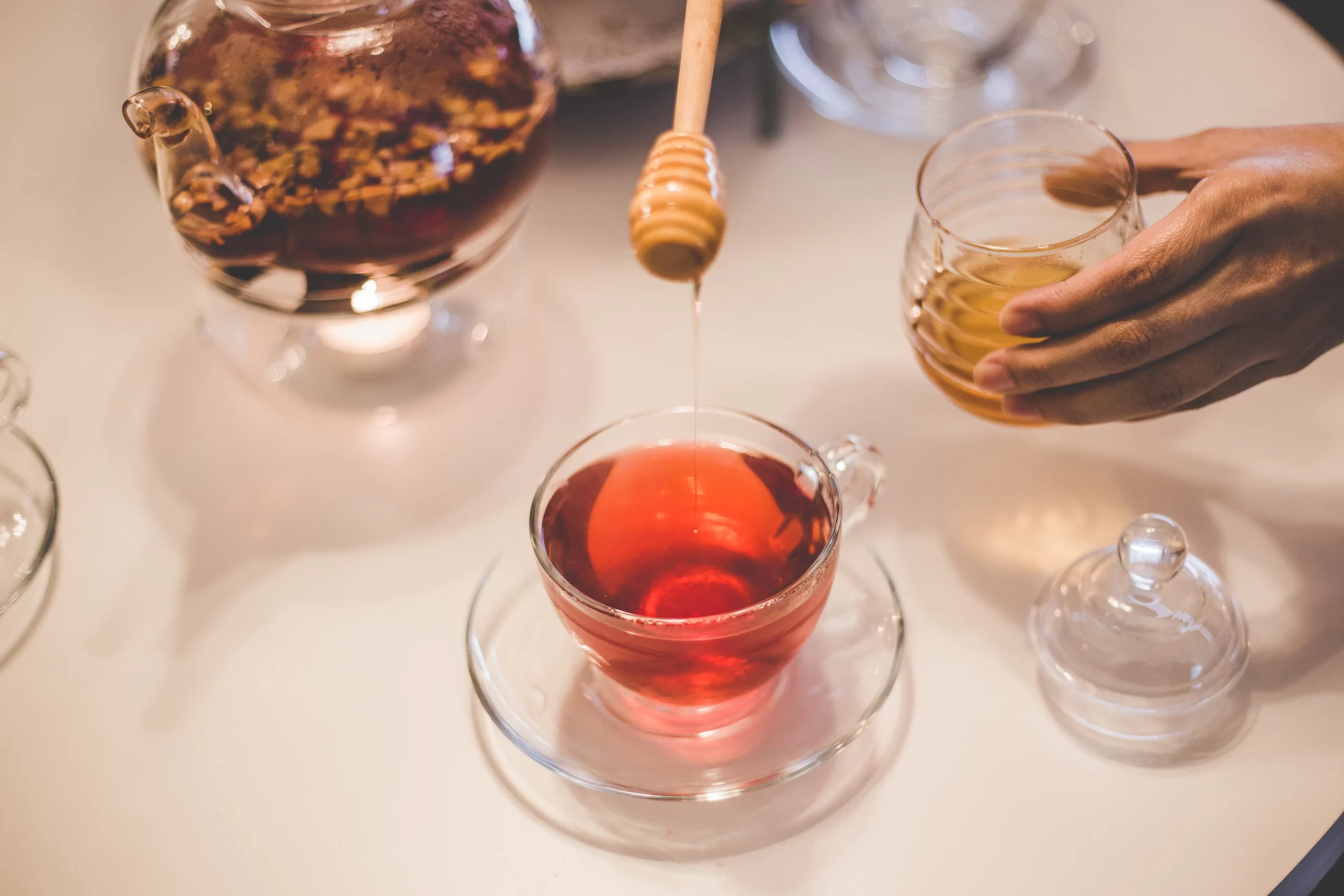Table of Contents
Introduction
Welcome to our complete guide on manuka honey MGO meaning. In this article, we will delve into everything you need to know about MGO and its significance when it comes to manuka honey. Whether you are a beekeeper, a honey enthusiast, or simply looking to incorporate manuka honey into your daily routine, understanding MGO is essential. So let’s dive in and explore this fascinating topic.
What is Manuka Honey?
Before we discuss MGO, let’s take a closer look at manuka honey itself. Manuka honey is a unique type of honey that is produced by bees that feed on the flowers of the manuka tree (Leptospermum scoparium), which is native to New Zealand. This honey has gained popularity in recent years due to its numerous health benefits and its distinctive taste.
The Unique Properties of Manuka Honey
Manuka honey is known for its exceptional antibacterial properties, making it highly sought after in the world of natural remedies. This honey contains a compound called methylglyoxal (MGO), which is responsible for its potent antibacterial activity. MGO is formed in the honey from a precursor compound called dihydroxyacetone (DHA), which is found in high concentrations in the nectar of manuka flowers.
MGO vs. UMF: What’s the Difference?
You may have come across the term UMF (Unique Manuka Factor) when researching manuka honey. It is important to understand that MGO and UMF are not the same thing, although they are closely related.
MGO is a specific compound found in manuka honey, whereas UMF is a grading system that measures the overall quality and purity of manuka honey. UMF takes into account various compounds present in manuka honey, including MGO, to assess its potency and authenticity. So while MGO indicates the level of antibacterial activity in manuka honey, UMF provides a more comprehensive evaluation.
Understanding MGO
Now that we have a basic understanding of manuka honey and its unique properties, let’s focus on MGO specifically. MGO is an abbreviation for methylglyoxal, which is a naturally occurring organic compound. It is found in varying amounts in different types of honey, but manuka honey contains higher levels of MGO compared to other honey varieties.
The Significance of MGO in Manuka Honey
MGO is the star of the show when it comes to manuka honey’s health benefits. It is responsible for the honey’s exceptional antibacterial activity, making it a potent natural remedy for various ailments. The higher the MGO level in manuka honey, the stronger its antibacterial properties are.
MGO Grading System
To ensure consistency and transparency in the manuka honey industry, a grading system based on MGO levels has been established. This grading system helps consumers identify and choose manuka honey based on their desired level of potency.
Understanding the MGO Rating
The MGO rating indicates the concentration of MGO in manuka honey. It is measured in milligrams per kilogram (mg/kg) of honey. The MGO rating serves as a reliable indicator of the antibacterial strength of manuka honey. The higher the MGO rating, the more potent the honey is.
MGO Grading Levels
Manuka honey is classified into different MGO grading levels based on its MGO concentration. The most commonly found grading levels are MGO 100+, MGO 250+, MGO 400+, and MGO 550+. Each grading level represents a specific range of MGO concentration, with MGO 550+ being the highest and most potent.
Choosing the Right MGO Level
When selecting manuka honey, it is important to consider your specific needs and the purpose for which you plan to use it. If you are looking for a milder option for daily consumption, MGO 100+ or MGO 250+ may be suitable. However, if you are seeking a more powerful antibacterial remedy, you may opt for MGO 400+ or MGO 550+.
Factors to Consider
In addition to the MGO rating, there are other factors to consider when choosing manuka honey. These include the honey’s UMF rating, certification by reputable organizations, and the region of origin. It is always advisable to purchase manuka honey from trusted sources to ensure its quality and authenticity.
How MGO is Tested
To determine the MGO content in manuka honey, specialized testing methods are employed. These tests are conducted in laboratories using sophisticated equipment and scientific techniques. The MGO test involves the conversion of MGO to a compound called methylglyoxal hydrate, which can be measured accurately. This measurement provides the MGO rating for the honey.
Laboratory Testing
The most common method used for MGO testing is the High-Performance Liquid Chromatography (HPLC) technique. HPLC allows for precise quantification of MGO in manuka honey samples. It is a highly reliable and widely accepted testing method within the industry.
The Benefits of Manuka Honey with High MGO Levels
Manuka honey with high MGO levels offers a wide range of health benefits. Its potent antibacterial properties make it effective against various types of bacteria, including those resistant to conventional antibiotics. Here are some notable benefits of manuka honey with high MGO levels:
-
Wound Healing: Manuka honey can aid in the healing of wounds due to its antibacterial and anti-inflammatory properties. It can also create a protective barrier, preventing infection and promoting faster healing.
-
Digestive Health: Consuming manuka honey with high MGO levels may help soothe digestive issues, such as acid reflux, gastritis, and stomach ulcers. Its antibacterial properties can combat harmful bacteria in the gut and promote a healthy balance of gut flora.
-
Immune Boosting: The potent antibacterial activity of manuka honey with high MGO levels can strengthen the immune system, helping the body fight off infections and diseases.
-
Sore Throat Relief: Gargling with manuka honey diluted in warm water can provide relief from sore throat symptoms. The antibacterial properties of high MGO manuka honey can help reduce inflammation and fight off bacteria causing the sore throat.
-
Skin Care: Manuka honey with high MGO levels is often used in skincare products due to its ability to hydrate, nourish, and promote the healing of the skin. It can help alleviate various skin conditions, including acne, eczema, and psoriasis.
Conclusion
In conclusion, understanding the meaning and significance of MGO in manuka honey is crucial for anyone interested in reaping its full benefits. MGO is the key compound responsible for manuka honey’s exceptional antibacterial properties. Choosing manuka honey with the right MGO level based on your specific needs is important. It is recommended to purchase manuka honey from reputable sources and take into consideration other factors such as UMF rating and certification. So go ahead and incorporate this golden elixir into your daily routine for a natural boost to your health and well-being.
References:


